Log in or create new account to save this product to your wishlist.
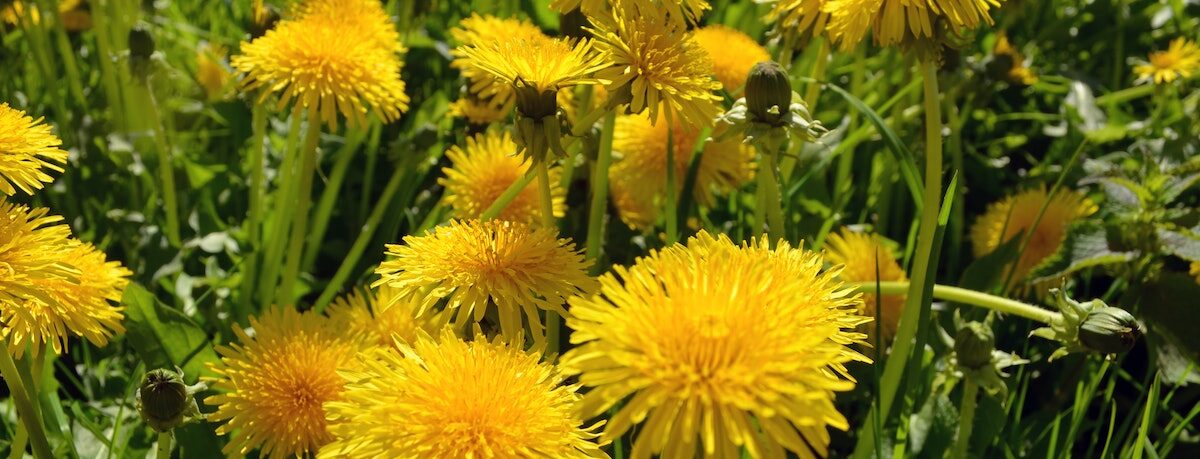
Common garden weeds: can I eat them?
Weeding is probably the most hated of all garden chores. But - actually - you might be culling a superfood that grows without any attention at all.
🌱 All important maintenance moments for your lawn during the year. Leave your email and we will send you the lawn calendar for free.
Enter your email
Receive the lawn calendar in the mail
Enjoy a green lawn all year round!

- Order by 2PM = shipped today
- 250.000+ satisfied customers!
- 60 day satisfaction guarantee
Are you fed up with battling your common garden weeds? Do you follow a strict weeding regime year-on-year-out, and you still have a flowerbed overgrown with invaders? Have weeds crept into your lawn?
Weeding is probably the most thankless of all garden chores. You turn you back for what seems like a couple of days, and they’re back in more significant numbers. And there’s always that moment of dread when you arrive home after a two-week holiday…
All gardens have weeds; it’s as certain as death and taxes. But – actually – not all weeds are bad. Some have pretty flowers that attract the bees. And many common garden weeds are edible!
So, stop battling the weeds and start eating (some of) them. This article is all about what to do with common garden weeds. Sure, they might look unsightly, but some of them are mighty tasty.
What are the most common garden weeds?
Common garden weeds in the UK have excellent medieval names: chickweed, fat hen, hairy bittercress, ground elder, shepherd’s purse, for example. And many of these are not only edible but full of medicinal benefits.
But don’t run off into the garden and eat the first weed you see! You need to know what you’re looking for.
The most common edible weeds are:
- Dandelion (Taraxacum officinale)
- Stinging nettle (Urtica dioica)
- Chickweed (Stellaria media)
- Hairy bittercress (Cardamine hirsuta)
- Goosegrass (Galium aparine)
- Garlic mustard (Alliaria petiolata)
- Ground elder (Aegopodium podagraria)
- Fat hen (Chenopodium album)
We’re going to explore what some of these common edible weeds look like and how you might add them to your kitchen table.
Can I eat Dandelions?
Well, yes – you can. And there’s a powerful argument that you should!
Dandelions are one of the most recognisable of all garden weeds. Commonly invading lawns across the UK, you can also find dandelions in flowerbeds and on verges.
The whole plant – whether cooked or raw – is highly nutritious:
- An excellent source of A, C, and K vitamins
- Contains Vitamin E, folate, and trace elements of vitamin B
- A great source of iron, magnesium, potassium, and calcium
- The root is rich in carbohydrate inulin – a soluble fibre that supports healthy gut bacteria
- High in potent antioxidants
- Anti-inflammatory
Additionally, dandelion could help regulate blood sugar (chicoric and chlorogenic acid), reduce cholesterol, and lower blood pressure. The antioxidant content could promote a healthier liver. And this super-weed could even aid weight loss (although this is yet to be conclusively proven).
And some test-tube studies have demonstrated that dandelion root extract can slow cancer cell growth in the liver, colon, and pancreas.
The list of health benefits goes on: it improves digestion and aids constipation, boosts immunity, can be used in skincare products, and supports healthy bones.
So, almost from head to toe, it seems that dandelion is a superfood.
What on earth are we doing by chopping them in their prime and throwing them on the compost heap?
How do I eat dandelions?
You can eat the leaves, the flower, and the roots.
The leaves are bitter, and they’re not for everyone’s palate. However, they can be really delicious if you pick them young; before the plant produces flowers.
You probably wouldn’t eat an entire dish made of dandelion leaves. But they’re great as an accent to a mixed leaf salad – a little like adding rocket to a salad for peppery high notes.
Alternatively, you could add the leaves to a soup to add a subtle, pleasant bitterness.
The flowers are perfect bases for wine and jellies. Dandelion wine might sound like something that Tom and Barbara would cringe through in The Good Life (and Margot might well pour down the sink), but it makes a very palatable dessert wine. Try this recipe.
You can also use the flowers in a range of cooked dishes, from omelettes to risottos. Or use them as an attractive garnish.
Pick the flower buds before they’ve opened, and pickle them – they make a great alternative to capers.
The roots and stems are full of a milky liquid known as latex. Don’t worry – it’s not the latex you find in washing-up gloves.
Can I eat stinging nettles?
Nettles get a bad rap because they’re a bit – well, stingy. And who wants to put THAT in your mouth?!
But, prepared correctly, stinging nettles (or urtica dioica) are delicious and have been used in herbal medicines since the Ancient Egyptians discovered that they effectively treat arthritis and back pain.
And:
Roman troops rubbed nettles over their skin to keep warm. Well, I suppose that’s one way of doing it…?
But, like dandelions, nettles would be considered a superfood if Waitrose stocked them because they contain:
- A, C, and K vitamins
- Several B vitamins
- Fats, including linoleic acid, palmitic acid, and stearic acid
- All of the essential amino acids
- Polyphenols and pigments
- Tons of antioxidant
Nettles are believed to help:
- Reduce inflammation
- Treat the symptoms of enlarged prostate
- Treat hayfever
- Lower blood pressure
- Control blood sugar
- Minimised bleeding and speed up healing
- Optimise liver health
However, avoid nettles if you’re pregnant as the natural compounds could trigger uterine contractions, possibly resulting in miscarriage.
How do I eat stinging nettles?
Firstly, think about how you might pick them. We all know that they sting, so we recommend wearing rubber gloves to avoid direct skin contact. Or you shouldn’t get stung if you pinch the leaves hard. But once cooked, stinging nettles lose their sting and are safe to eat.
The whole plant is edible, but the young leaves at the tips of the plant are the nicest to eat. When cooked, the leaves taste similar to spinach.
Add the dried leaves and flowers to hot water for a delicious herbal tea. Or try making a homemade nettle pesto! Alternatively, add the leaves, stem, and root for soups, stews, smoothies, and stir-fries – creamy nettle and potato soup is particularly scrummy.
Avoid eating raw leaves as the barbed hairs could cause throat irritation or a rash.
You can buy dried or freeze-dried leaves or find nettles added to creams, capsules, and tinctures.
But, it’s entirely possible to eat the stingers growing in your garden. It’s advisable to speak to your doctor if you use: blood thinners, blood pressure medication, diuretics, medication for diabetes, or lithium. The nettles can interact with those medications.
How do I de-sting stinging nettle leaves?
De-sting the leaves by blanching them in boiling water and rinsing them thoroughly. Squeeze out the water before adding to your favourite recipes.
Other weeds I can eat
The following common garden weeds are also great for the kitchen table:
Chickweed – add young, fresh leaves to salads dressed in olive oil and lemon, or blend the leaves into a pesto to liven up chicken or fish.
Hairy bittercress – the whole plant is edible, but the leaves and flowers offer a hot peppery flavour to salads, soups, or pesto.
Goosegrass – picked when the leaves and shoots are young, goosegrass can be eaten like any green vegetable or as an ingredient in soups, stews, and pies. The hardened seeds are a good coffee substitute.
Goosegrass is often known colloquially as Cleavers or Sticky Willy. It’s the stuff that gets stuck to your cat’s fur, and they drag around the house!
Ground elder – with a similar flavour to parsley, ground elder is an excellent complement to fish dishes. Or eat it like cooked spinach with pasta. It contains lots of vitamin C and has been used to treat arthritis and rheumatism.
Ground elder is very invasive, so it’s not really recommended that you encourage too much growth. It’s easily confused with hemlock, which is poisonous, so approach ground elder with extreme caution.
Ready to get gardening?
Remember, never eat anything if you’re not entirely sure it’s safe. If you have any questions about this article or about how to control weeds in your lawn, then get in touch.
We’re always happy to help!
Thanks for reading.
-
Orchids: A Complete Guide on How to Care for ThemWant to give your orchid the best possible care? Discover essential tips from placement to watering and pruning. Learn everything you need to know!Read more
-
Growing Wisteria Made Simple: From Planting to Perfect BloomsWith blossoms like a purple waterfall, Wisteria sets an almost magical and colourful mood. If you want to grow this beauty in your garden, you’ll need a bit of patience. Don’t worry, it will most definitely pay off.Read more
-
How to Build a DIY Greenhouse: A Practical Guide for Smart SpendersImagine extending your growing season throughout the year, nurturing tender plants regardless of the weather, and creating a personal garden sanctuary. This is precisely what a DIY greenhouse offers you. Let’s learn how to build one.Read more
-
How to Grow Eucalyptus in British GardensWith a little love and care, eucalyptus trees can thrive in English gardens. Since they don’t germinate well without proper help, there are not considered invasive. So, there is no reason not to plant them if you enjoy their looks.Read more
-
Transform Your Garden with All-Year-Round Flowering PlantsDid you know you can enjoy blooming flowers even in January? With the right selection of all year round plants, there’s no need to wait until spring to add some colour to your garden.Read more
-
How to Create a Butterfly Garden: A Simple Guide for British GardensThe UK's butterfly population includes 59 different species. These beautiful winged creatures face a steady decline because of habitat loss, pollution and changing weather patterns. Your garden can become a vital link between nature reserves and natural habitats. Let’s explore how.Read more
-
Volcanic Rock Dust for Your Garden—Application and TipsDid you know that volcanic rock dust is a brilliant organic soil improver? This article explains exactly what it's good for and how to use it properly.Read more
-
How to Use Landscape Fabric ProperlyIf weeds or erosion in your garden are troubling you, landscape fabric might be the solution. We’ll explain how and when to use it properly, just keep on reading.Read more
Leave a comment
Your answer will be displayed on the site and the interested party will be notified by email.
Leave a comment
Have a question or want to share your experience? Leave us a comment.

- Order by 2PM = shipped today
- 250.000+ satisfied customers!
- 60 day satisfaction guarantee

- Order by 2PM = shipped today
- 250.000+ satisfied customers!
- 60 day satisfaction guarantee

🌱 All important maintenance moments for your lawn during the year. Leave your email and we will send you the lawn calendar for free.
Enter your email
Receive the lawn calendar in the mail
Enjoy a green lawn all year round!



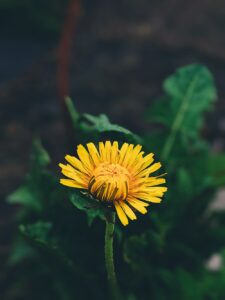
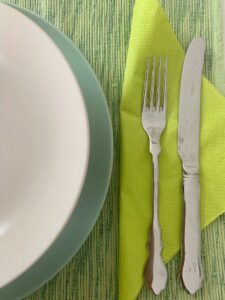
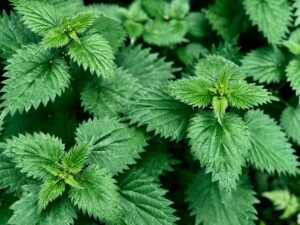

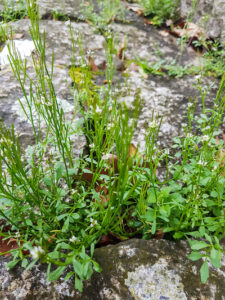
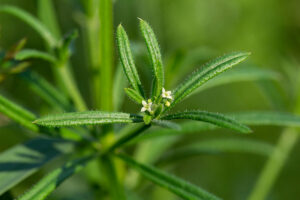
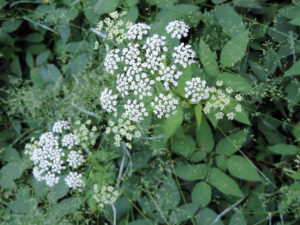



















Comments (0)
There are no comments yet. Well then, what are you waiting for to
Be the first to write your comment!inaugurate this pretty page?
Do you have some comments?